G.A.S. Foundation is thrilled to welcome Bisila Noha, our first resident of 2025. A ceramic artist, researcher, and writer based in London, Bisila’s practice explores the intersections of heritage, craft, and community. Through her work, she seeks to challenge Western perspectives on art and craft, using ceramics as a medium to question societal notions of productivity, value, and tradition. Her practice spans wheel-thrown pieces to sculptural works that blend throwing, coiling, and carving which connects her to her roots, and our collective past.
During her six-week residency, Bisila will immerse herself in the unique environments of both G.A.S. Lagos and the G.A.S. Farm House in Ijebu. While she will spend some time in Lagos conducting research in the G.A.S. Library and Picton Archive, the majority of her residency will be focused on the tranquil setting of the Farm House. There, Bisila will engage with local clay to deepen her exploration of material and technique. She also plans to connect with the women potters in the surrounding community to learn about their methods and history, and, if possible, collaborate on firing works—fostering an exchange of knowledge and tradition. In addition to her hands-on work with clay, Bisila aims to research Nigerian crafts, particularly pottery, and explore dance traditions deeply rooted in the region’s cultural heritage. The residency will also offer her the chance to connect with other artists and residents, developing meaningful collaborations that will enrich her practice and research.
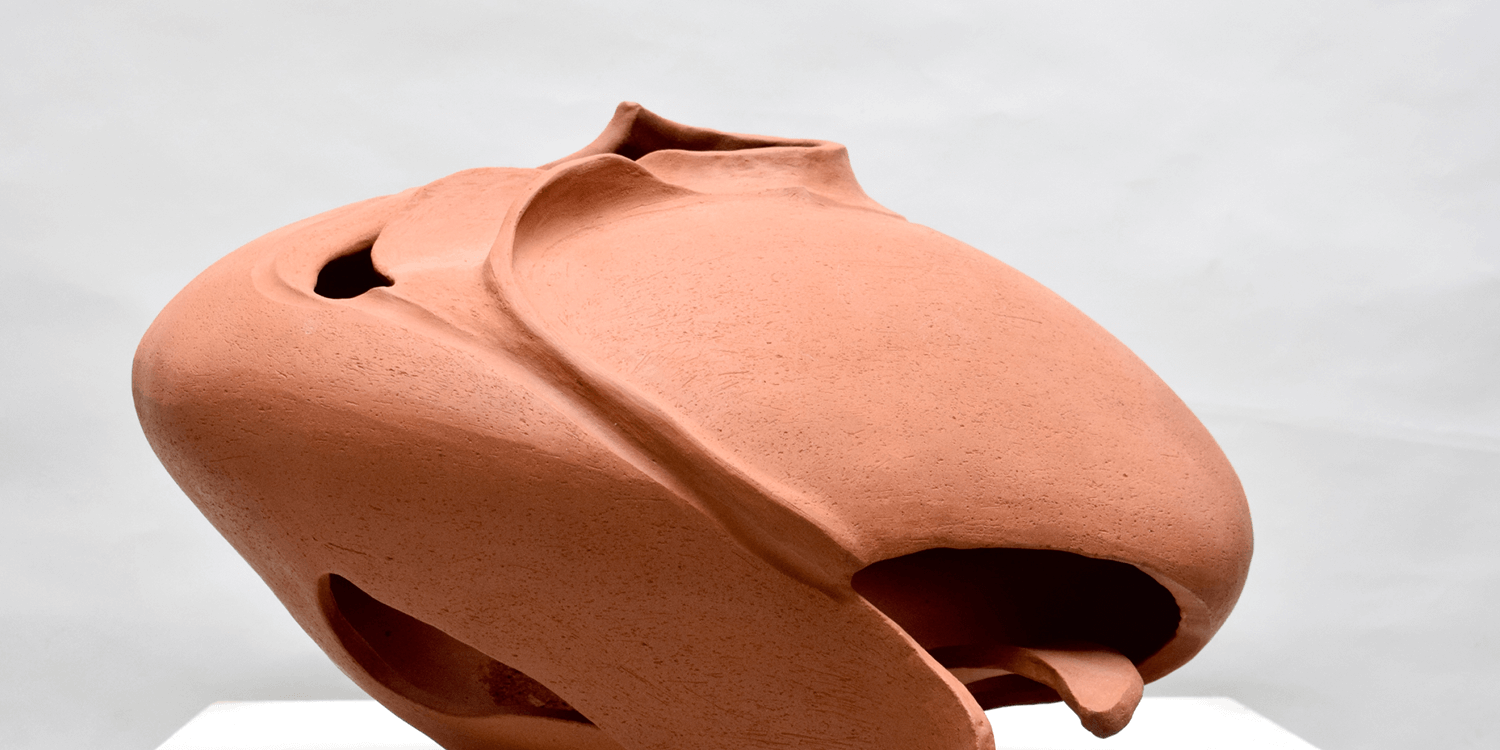 Primus I (2024). Image courtesy of Bisila Noha.
Primus I (2024). Image courtesy of Bisila Noha.
What is the current focus of your creative practice?
In 2020, I took my practice in a new direction: I stopped making functional ware to develop projects that involved an element of research and deeper material experimentation. I started moving towards the sculptural while creating works evocative of traditional pottery. And in 2021, I started working with other materials, primarily plaster, wax, and bronze. Having solidified the foundations of this ‘new way of making,’ my focus now is to push it further: to take risks, expand my knowledge of working with wild clays, deepen my understanding of the history of pottery on the African continent, and continue exploring these different materials.
At G.A.S., I will focus on clay. Afterwards, I plan to spend time in Benin City creating works in bronze.
 Primus II (2024). Image courtesy of Bisila Noha.
Primus II (2024). Image courtesy of Bisila Noha.
What drew you to apply for this residency and how do you think it will inform your wider practice?
After about eight years of intense making, during which my practice has gone from zero to a fantastic place, both in terms of creative output and international appreciation, I felt a strong need to have quality time with my practice. I live in London where I am also involved in other community and activist organisations, which means my time is often limited, and my practice is generally constricted by deadlines. Travelling and connecting with communities of potters has been central to my practice since 2017 through trips to Mexico, Armenia, Morocco and the Ivory Coast. Learning about their traditions and ways of making and being, helps me keep a practice that is grounded in its history.
Therefore, it was the combination of having the chance to work with potters near the G.A.S. Farm House, along with having the space and time to work in a natural and remote environment, that drew me to G.A.S. Moreover, through working with African clays, researching African pottery traditions and spending more and more time on the continent, I have been able to start and continue my own identity journey as a mixed-race woman. So my time at G.A.S. will also be a significant moment from a personal perspective.
Can you give us an insight into how you hope to use the opportunity?
I would love to use my time at G.A.S. to improve my skills by having uninterrupted time to create, which feels like an incredible luxury. I hope to spend time working alongside the local potters near the Farm. This will be a fantastic opportunity not only to learn new skills and gain insights into their history but also to connect on a human level. There is nothing I love more than building relationships with craftspeople, especially women, and sharing space as we create together. Lastly, I am really looking forward to being part of the G.A.S. community! I cannot wait to meet other artists and residents.
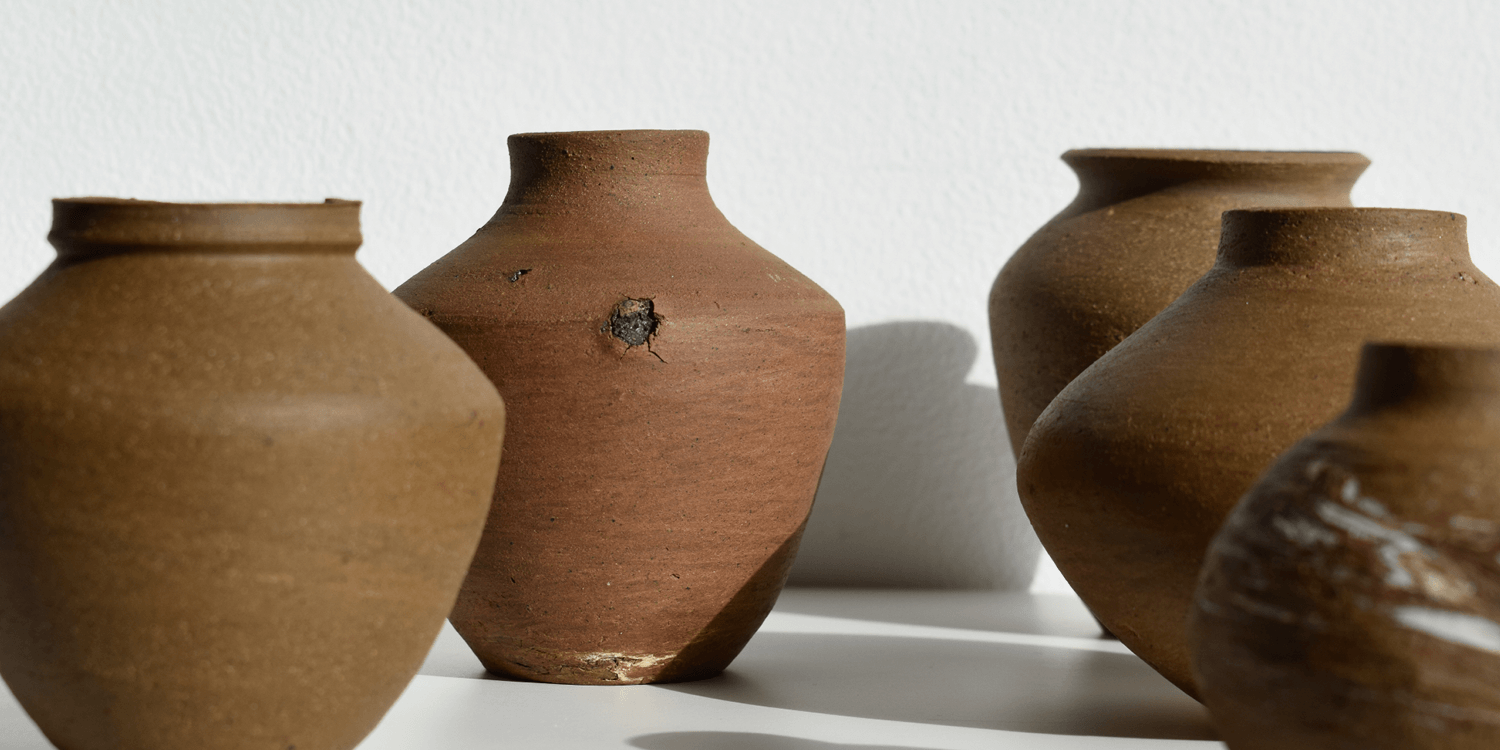 Baney Clay Part 4 (2024). Image courtesy of Maxine Pennington.
Baney Clay Part 4 (2024). Image courtesy of Maxine Pennington.
RESIDENCY ARCHIVE
Event: Ile Ọkàn - A Gathering at the House of the Soul
Event Date: 13th February, 2025
Bisila Noha, G.A.S. Foundation's inaugural resident supported by Ko Artspace, led a clay workshop at the G.A.S. Farm House, Ikise. Titled Ile Ọkàn. The event opened with a short lecture about the concept of the Mbari house, a distinct cultural and spiritual edifice of the Igbo people, particularly in the Owerri region and several towns in Imo and River States, Nigeria. These ceremonial buildings serve as artistic tributes to Ala, the Earth goddess, and other deities, embodying the intersection of artistic practice, spiritual devotion, and communal tradition within Igbo society. Activities were oriented around Bisila's installation- a small scale reflection hut, for which participants created complementary sculptures. Bisila invited everyone to spend time inside the structure which she’d envisioned as a spiritual, meditative, and communal environment, one that welcomes all belief systems while encouraging reflection on Nigeria’s deep-rooted traditions of religious coexistence.
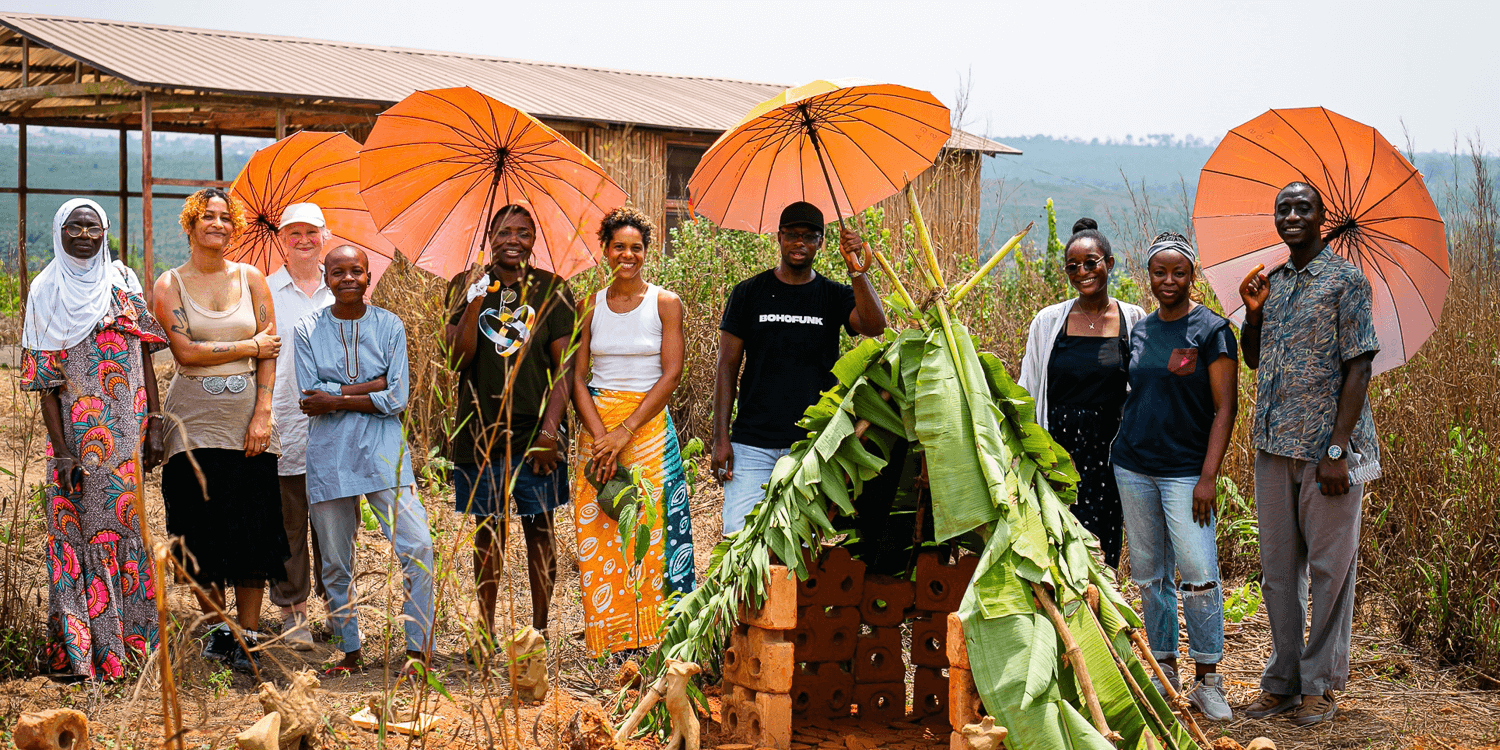 Event attendees at Ile Ọkàn - A Gathering at the House of the Soul, at G.A.S. Farm House, Ikise.
Event attendees at Ile Ọkàn - A Gathering at the House of the Soul, at G.A.S. Farm House, Ikise.
Event: The Clay Women of Ìgànrá
Event Date: 20th March, 2025
On March 20th, 2025, The Clay Women of Ìgànrán featured a virtual residency presentation by Bisila Noha, reflecting on her research and experiences at the G.A.S. Farm House in Ikiṣẹ. Over the course of her six-week residency, Bisila spent time with a family of women potters in Ìgànrán, a small town in Ogun State, Nigeria, immersing herself in their traditions and techniques. At the event, she shared insights she gained through hands-on learning, close observation, and shared moments of laughter and work—all shaped by generations of knowledge, resilience, and ritual.
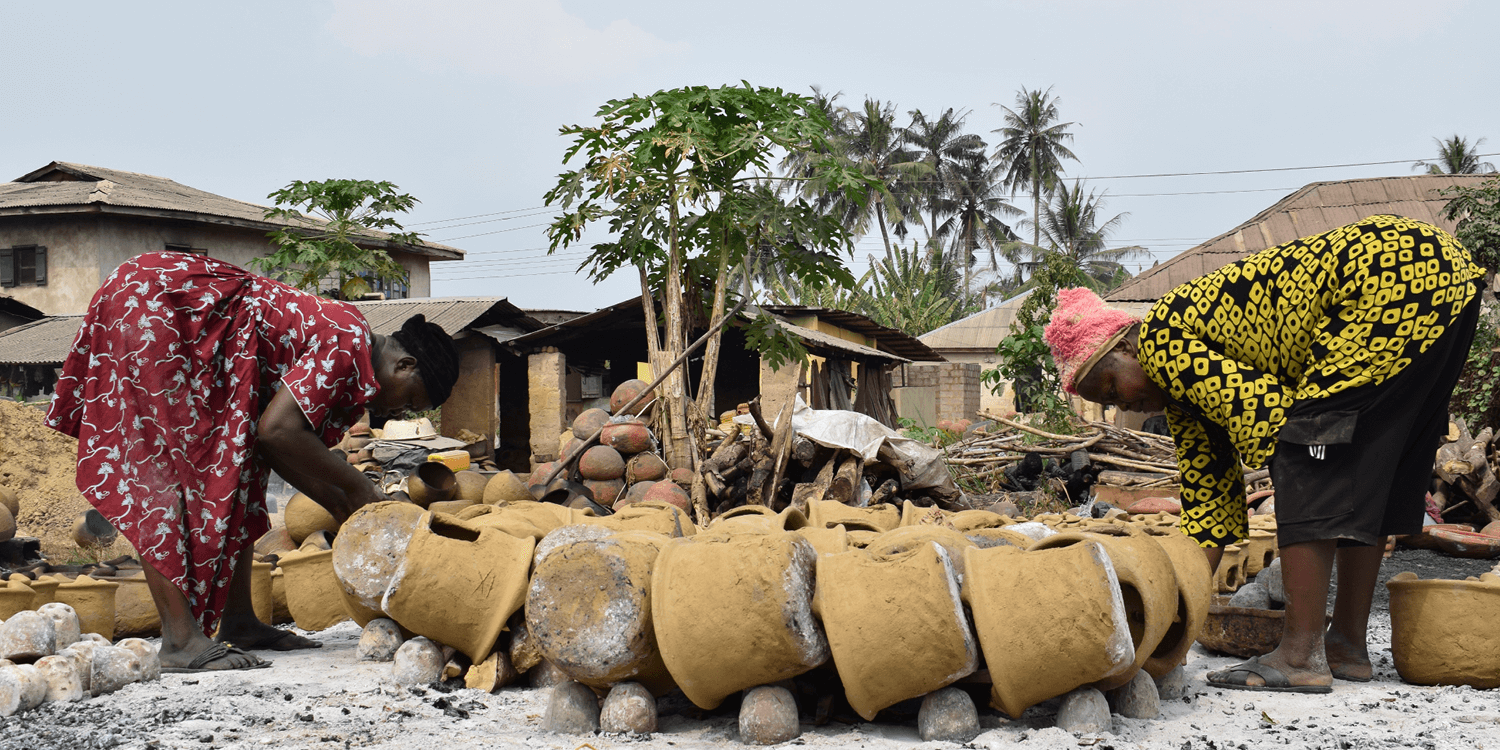
ABOUT BISILA NOHA
BISILA NOHA is a Spanish-Equatoguinean London-based artist. With her work, she aims to challenge Western views on art and craft; to question what we understand as productive and worthy in capitalist societies; and to reflect upon the idea of home and oneness pulling from personal experiences in different pottery communities.
She is a storyteller with a particular interest in the contributions of women of colour to the history of art and craft. As such, her words are a bridge bringing the past —the forgotten, the belittled— to us. Her ceramics practice extends from wheel-thrown pieces to sculptures using different techniques and materials which connect her to her roots, the makers that precede her and our past.
Bisila is also involved in various social justice organisations. She leads the London LGBTQ+ Community Centre; co-directs the arts and activism organisation Lon-art Creative; and is part of the Steering Committee at Design Can.
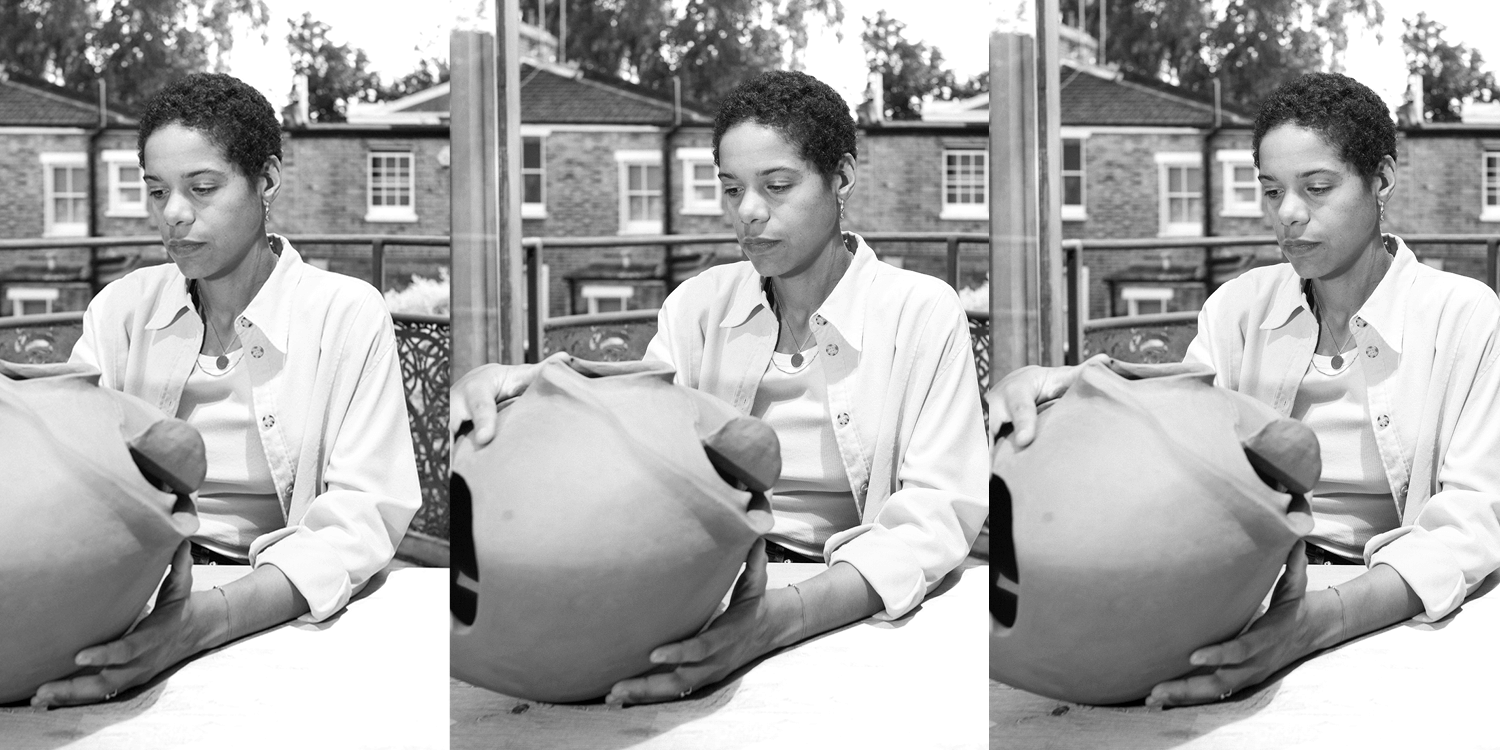
Bisila's residency is generously supported by kó Art Space.
